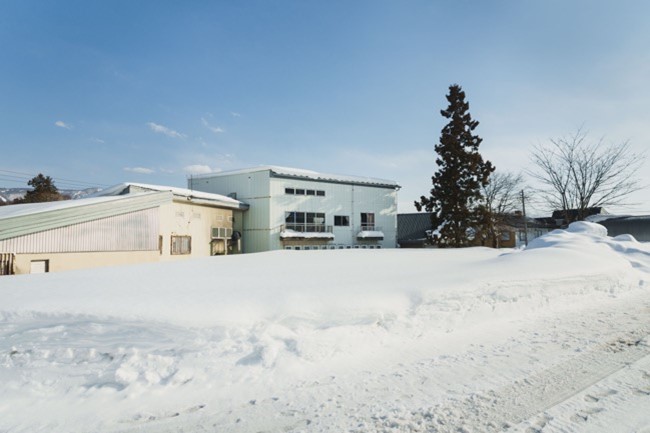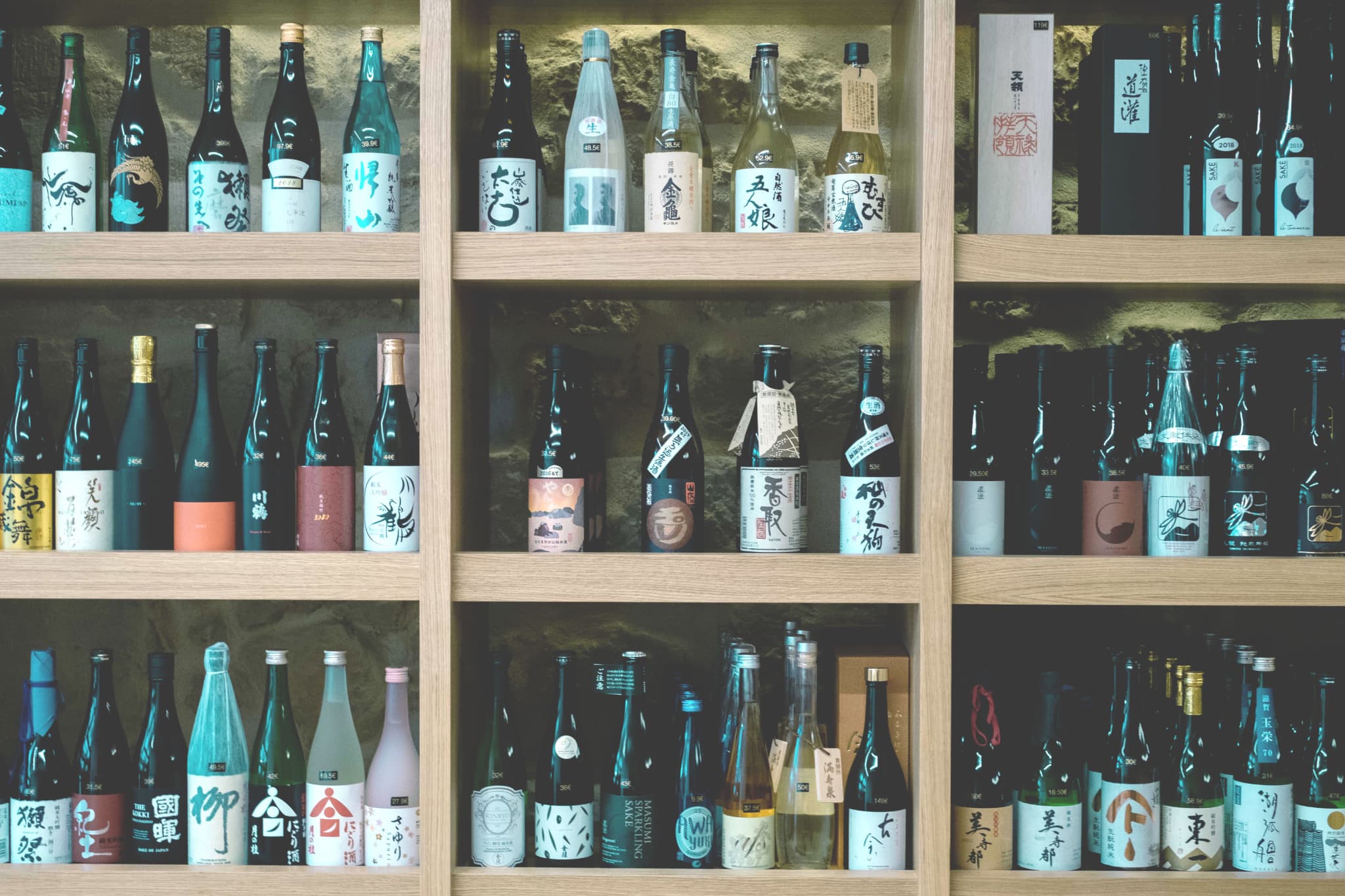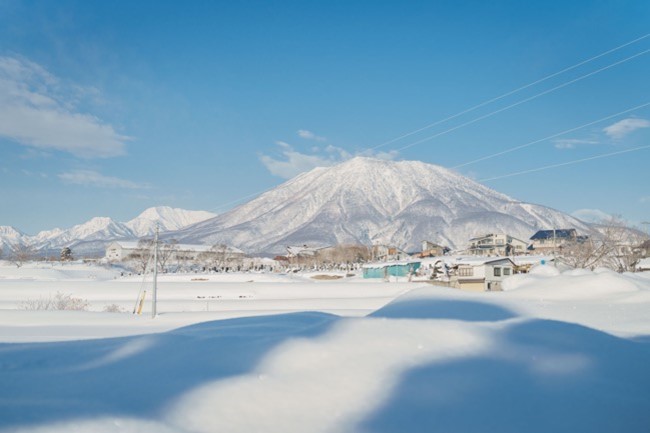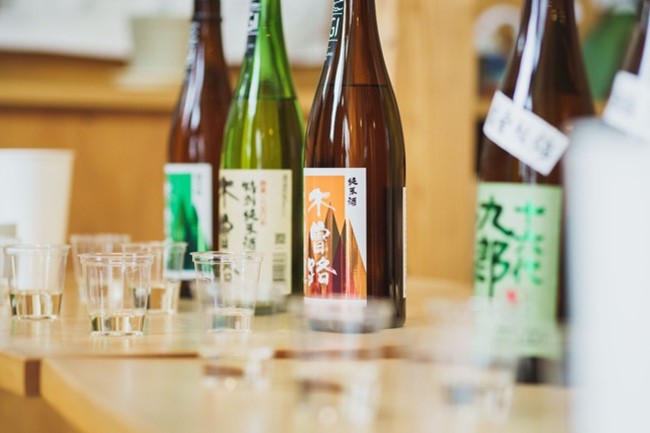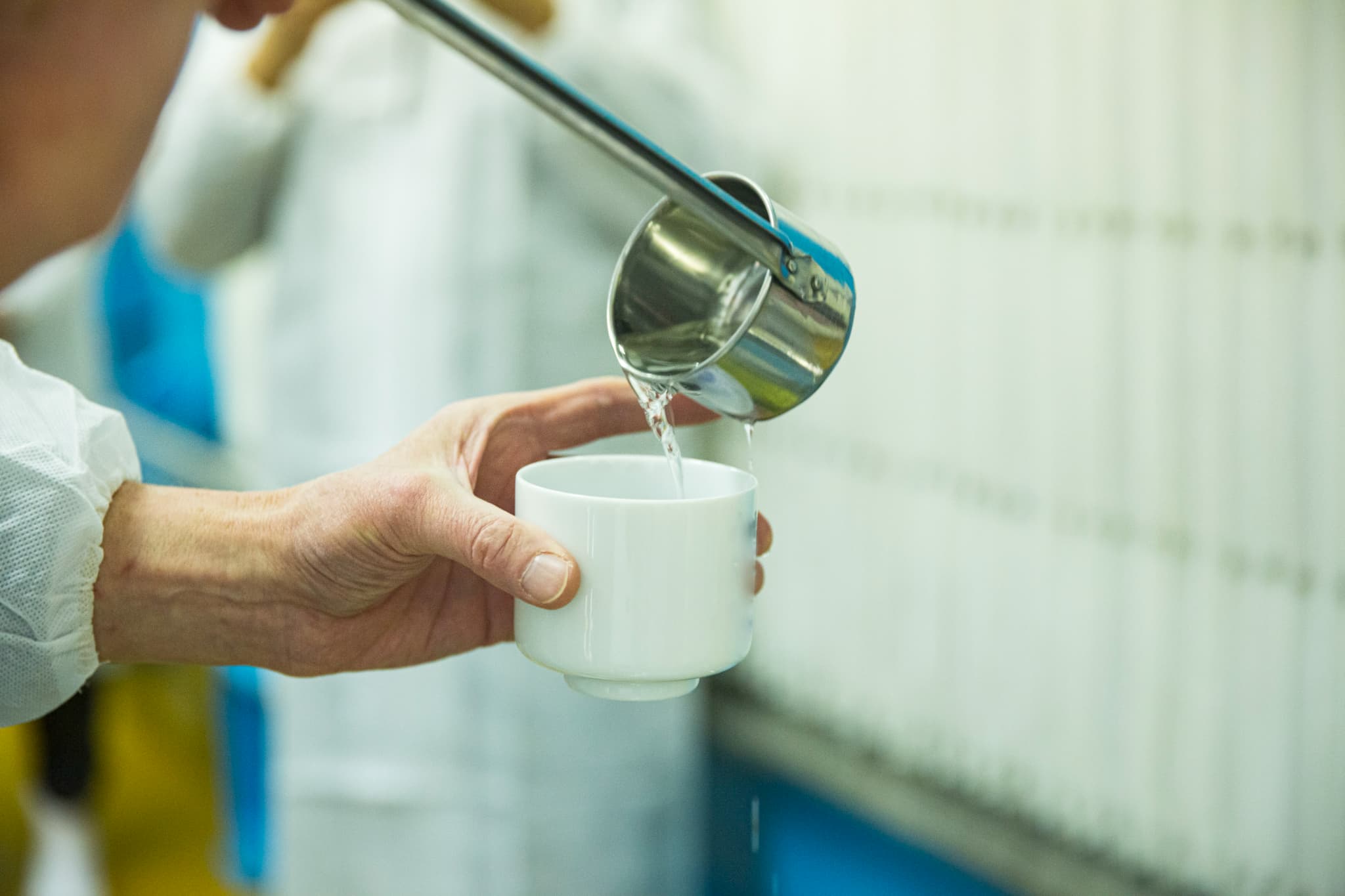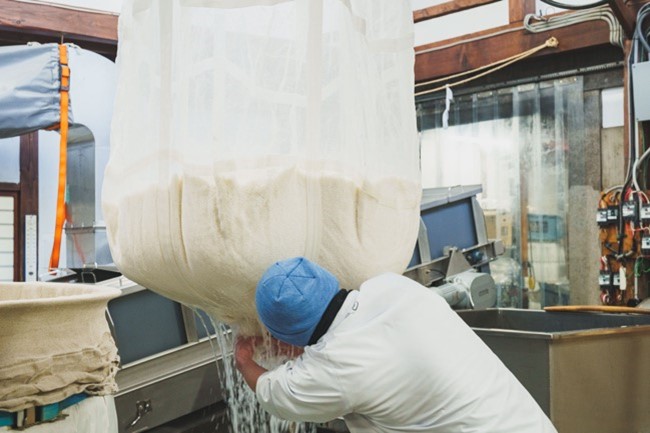
The diversity of Nagano Prefecture’s sake brought to life by water, rice, and the skill and senses of its people
水、米、そして人々の技術と感性が生み出す長野県の日本酒の多様性
Vol.1 :
When Youlin visited northern Nagano Prefecture, he was first surprised by the abundant snow. Having been born and raised in Paris, and having spent time in Tokyo and Kyoto during his study and working holiday in Japan, the snowy landscape was new. His excitement was evident in the video conversation he had with his family in Paris, who stayed behind.
He visited three sake breweries in the area. All of the breweries are located in areas with heavy snowfall in winter.
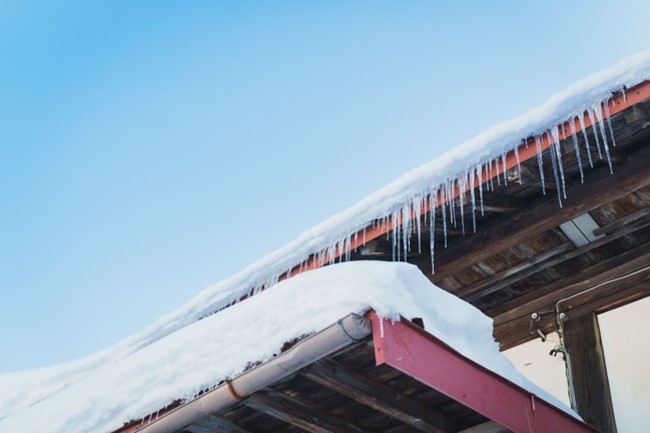
Takahashi Sukesaku Sake Brewery in Shinanomachi, surrounded by mountains, is located on the edge of the alluvial fan-shaped area and uses natural spring water from the site as its brewing water. Youlin praised this natural water for its “pure and clear flavor with a hint of snow.
Another notable feature of the brewery was Sankeiniishiki, a new variety of sake rice from Nagano Prefecture that was registered in 2020. Youlin describes Sankeinishiki as “a rice that fits the climate of Nagano Prefecture. I look forward to Sankeinishiki, which did not exist five years ago, leading to the birth of a new generation of sake,” he said.
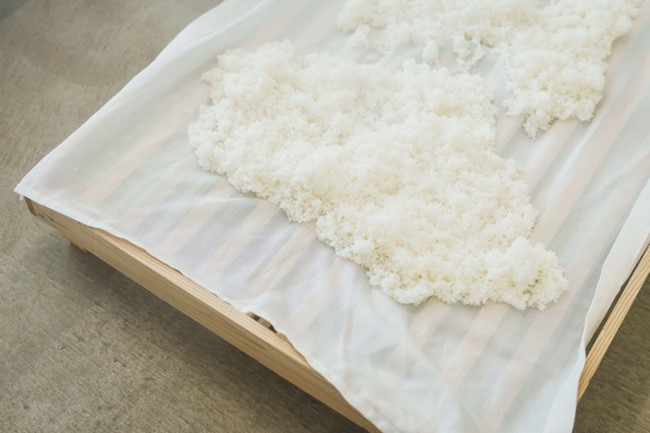
Further north, Tanakaya Brewery, the brewer of the famous sake “Mizuo,” uses natural water from Mount Mizuo, about 15 km away from the brewery. However, the fine texture of the soil gives the water some weight and fuller taste than the mineral content due to the filtering effect.
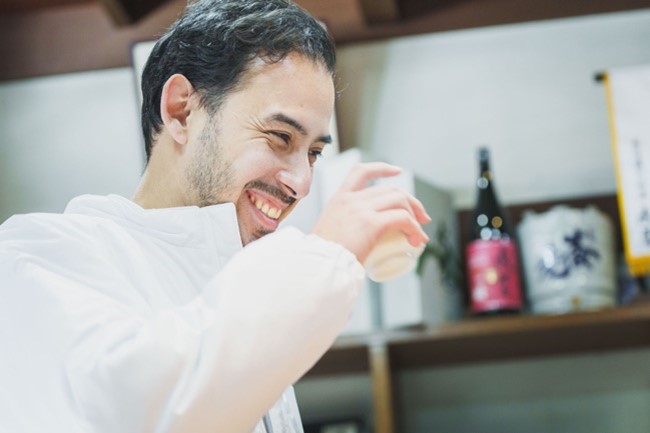
In addition to this water, the brewery’s sake rice is also unique. “Kinmon-nishiki” was once so rare that it was called the “phantom sake rice,” but the brewery had managed to revive it locally after much hard work and is now used in most places.. The brewery’s spirit of “doing things our own way and competing with what is available locally” is evident throughout the brewery. The spirit of the brewery can be felt here and there.
“I felt that the surrounding environment, including the brewers and the landscape, is also important for sake. Especially in this area, there is a lot of snow, and I feel the unique culture deeply,” said Youlin. I could sense the strong potential for sake in Nagano Prefecture, not only from the clean water, but also from a variety of other factors.
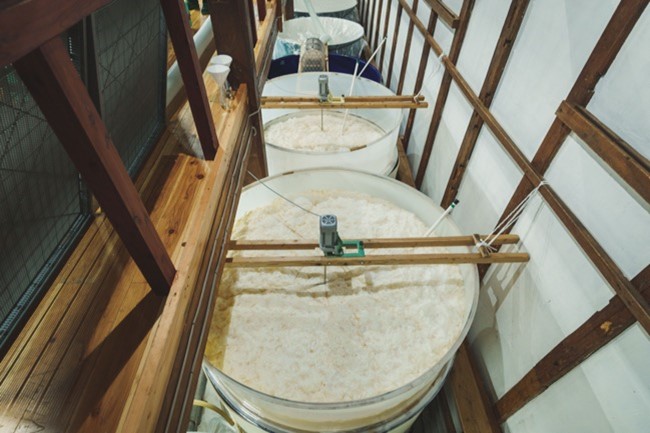
Further north. As the snow deepens, the Kadoguchi Sake Brewery, the northernmost sake brewery in the prefecture, comes into view. The brewery’s sake “Hokko-Masamune” used to be distributed only in this area, and people used to spend long winters drinking this sake with preserved food such as Japanese pickles. That is why the dry and sharp taste that can be drunk every day, although not flashy, is at the root of sake brewing. What makes this brewing stand out is the flavor of the spring water.
Hiroya Muramatsu is the leading young toji (chief sake brewer) in the prefecture. The brewery’s young group of brewers, also in their 20s and 30s, is aggressively introducing new techniques into sake brewing. Like Tanakaya Sake Brewery in the same city, this brewery also uses locally produced Kinmon-nishiki, but the fact that it produces a fuller flavor with less bitterness and astringency proves that even if the same ingredients are used, the taste of sake reflects the brewer’s ideas and persistence.
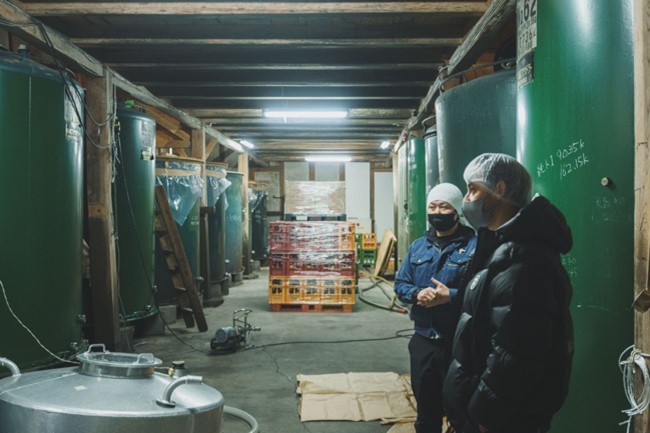
Looking back on the three breweries, he said, “I am glad to hear the brewers talk about water, which is an important ingredient of sake. Each water has a good quality that is clear and familiar to the body, and you can feel the complexity of the climate, such as the snow quality, soil, and geology. I enjoy feeling the connection between the landscape and the taste of sake.” From his words, he seemed to realize once again the culture of water that has taken root in the sake breweries of Nagano Prefecture.
